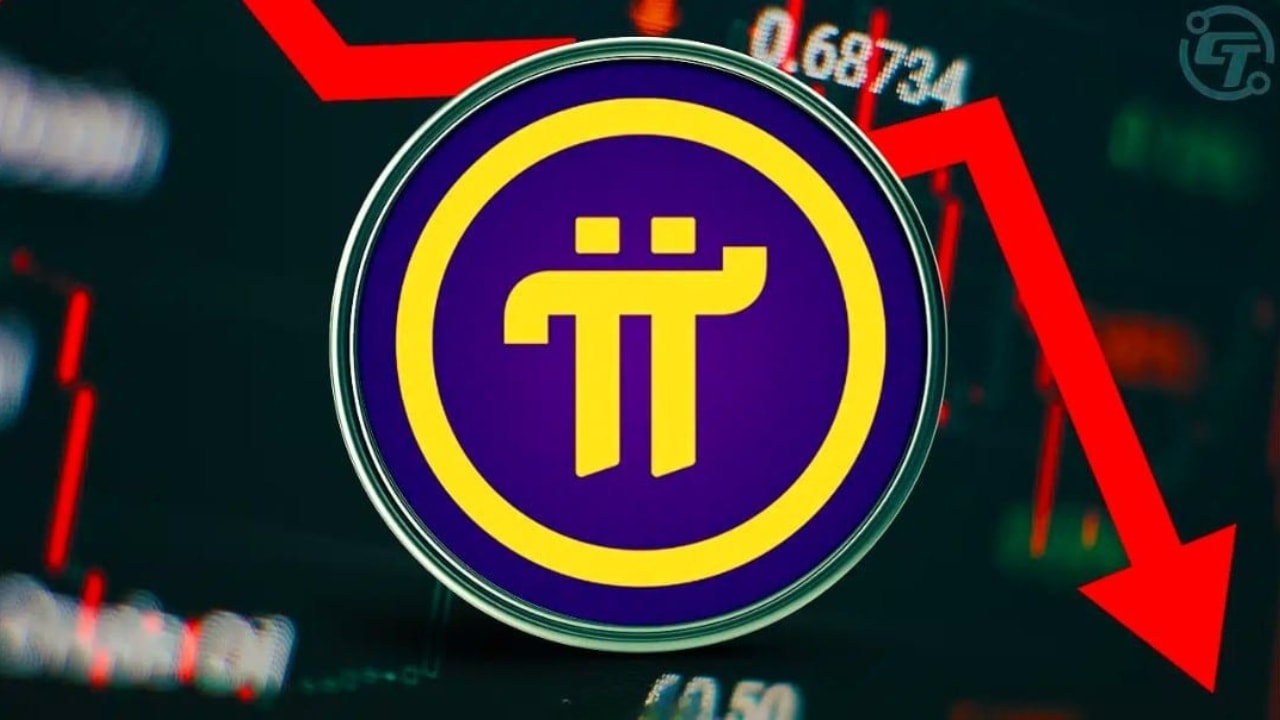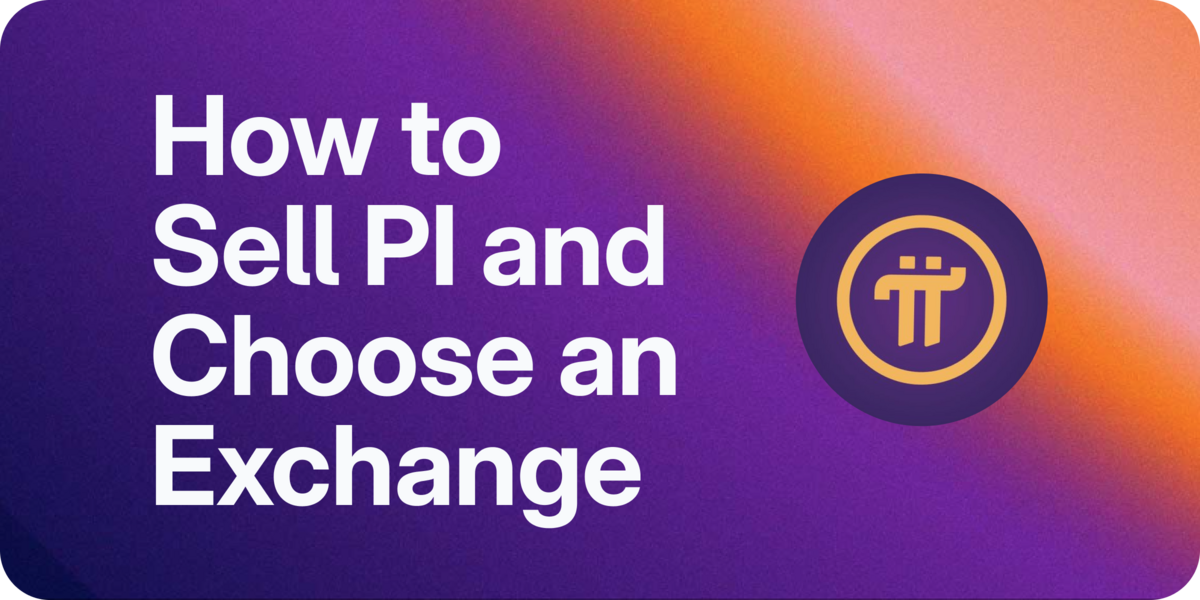Gia Pi Hom Nay: Live Pi Network Price Today in USD & VND
In Vietnamese, the phrase “gia pi hom nay” translates to “Pi price today.” Anyone searching for this keyword is usually looking for the current market value of Pi Network’s native token (PI). Since Pi Network has attracted millions of users worldwide who mine tokens on their phones, the question of daily price has become central to its community.
When someone types “gia pi hom nay” into a search bar, they expect accurate, up-to-date information on the token’s value, insights on how the price moves, and what might shape its future direction. This article explores exactly that, combining real-time valuation, context, expert interpretation, and long-term perspective.
Current Price of Pi Network
As of today, Pi trades at approximately 0.35 US dollars per token, which equals around 7,000 Vietnamese dong. The exact figure can vary slightly depending on the exchange platform because cryptocurrency markets are fragmented and decentralized. On some platforms, the token might trade a bit higher or lower due to liquidity, trading pairs, and demand.
In the last twenty-four hours, Pi’s price has moved moderately, showing both upward and downward shifts. Over the past week, the coin has drifted lower, underperforming compared with larger cryptocurrencies like Bitcoin or Ethereum. Despite this softness, Pi still maintains a strong community and active user base, which helps sustain its visibility in the market.
Why Does the Price of Pi Change?
When you look at “gia pi hom nay,” you are really observing the combined impact of multiple forces. The main drivers include supply, demand, community enthusiasm, and broader crypto market cycles.
One of the strongest factors is supply pressure. Whenever new tokens enter exchange platforms, additional selling pressure often emerges. If miners or early holders decide to convert their PI into other cryptocurrencies or fiat money, the increased supply can push the price down.
Another factor is sentiment within the crypto ecosystem. When Bitcoin rises sharply, smaller tokens often follow due to overall optimism. On the other hand, when the market turns bearish, Pi usually suffers along with the rest of the sector.
Announcements from the Pi Network team also matter. Community events such as Pi2Day often raise expectations. If developers release news about ecosystem growth, partnerships, or mainnet progress, traders tend to react positively. Conversely, delays or vague communication may trigger doubt and price weakness.
Lastly, exchange listings strongly influence Pi’s valuation. The more accessible PI becomes across global exchanges, the more liquidity and trust it gains. Wider access usually strengthens a token’s price stability and visibility.
Read Also: Crypto.com Exchange Review 2025: Features, Fees & Security
How to Read “Gia Pi Hom Nay” in Context
When examining today’s Pi price, it is crucial not to focus solely on a single snapshot. Instead, it helps to interpret short-term, medium-term, and long-term views.
In the short term, Pi’s price is often volatile. Daily swings of a few percent are common. These moves reflect quick reactions to market news, sudden buy or sell pressure, or changes in Bitcoin’s trend.
Over the medium term, observing patterns over seven to thirty days offers deeper insights. If Pi repeatedly bounces at a certain level, that zone becomes a support area. If it struggles to move above a higher point, that becomes resistance. Recognizing these levels helps traders plan entries and exits.
In the long term, the real question is whether Pi can break out of its speculative phase and evolve into a token with sustainable use cases. Long-term investors looking at “gia pi hom nay” are often more concerned with adoption, ecosystem development, and regulatory clarity than daily fluctuations.
Risks to Keep in Mind
Following “gia pi hom nay” every day is useful, but relying on price alone can be risky. There are important limitations to consider.
First, prices differ across exchanges. Because PI is not universally listed yet, liquidity is scattered. That means numbers you see on one site might not exactly match those on another.
Second, Pi remains speculative. It lacks the maturity of established cryptocurrencies. Its long-term value will depend heavily on whether its network actually achieves mass adoption.
Third, uncertainty in regulation can affect Pi’s progress. Governments worldwide are still shaping laws for digital assets. Any negative ruling could impact Pi’s trading environment.
Fourth, low liquidity makes Pi vulnerable to sharp movements. If a large holder sells, the price can fall quickly because there may not be enough buyers to absorb the volume.
Recognizing these risks allows anyone checking “gia pi hom nay” to interpret data with caution rather than blind optimism.
Staying Updated on Pi’s Daily Price
To track Pi’s value effectively, it helps to rely on trusted sources and good habits. Using global price aggregators like CoinMarketCap or CoinGecko ensures access to reliable, cross-exchange data. Checking local exchange pairs such as PI/USDT or PI/VND adds more context for Vietnamese investors.
Official Pi Network channels are also important because network updates directly influence community confidence. Monitoring events, roadmaps, or project milestones keeps investors aligned with what drives sentiment.
For convenience, setting price alerts can help you respond quickly when Pi crosses important levels. Finally, participating in crypto communities can provide additional viewpoints, though it is important to filter out noise and hype.
Looking Ahead: The Future of Pi
Speculation about Pi’s future always draws attention. Some analysts project moderate growth, suggesting Pi could edge toward 0.40 dollars if adoption strengthens and exchange listings expand. If merchants begin to accept Pi or if the network finalizes its open mainnet, demand may increase.
On the other hand, if supply keeps growing faster than demand or if project updates stall, Pi may struggle to maintain momentum. Because the project is still relatively young, outcomes remain uncertain.
For investors and community members tracking “gia pi hom nay,” the best approach is cautious optimism. Pi’s story is not finished yet, and each new development will shape its future price.
Conclusion
The phrase “gia pi hom nay” captures a simple yet powerful question: what is Pi worth today? The answer changes daily, but the deeper meaning lies in understanding why the price moves, what factors influence it, and how the community shapes its journey.
As of now, Pi trades around 0.35 dollars, with modest daily volatility and mixed medium-term signals. Its future depends on ecosystem growth, broader crypto trends, exchange adoption, and user confidence.
For anyone following Pi closely, checking the daily price is only part of the picture. The bigger challenge is interpreting those numbers wisely, managing risk, and recognizing both potential and limitations. By combining daily updates with broader awareness, you can make informed judgments about Pi’s role in your crypto journey.
FAQs
What does “gia pi hom nay” mean?
It means “Pi price today” in Vietnamese, referring to Pi Network’s token value.
What is the current price of Pi today?
As of now, Pi trades around 0.35 USD, about 7,000 VND, depending on exchange rates.
Why does Pi’s price change daily?
Supply, demand, exchange listings, and community sentiment all drive price movement.
Where can I check gia pi hom nay accurately?
Trusted sources include CoinMarketCap, CoinGecko, and major crypto exchanges.
Is Pi Network a safe investment?
Pi remains speculative. Price depends on adoption, liquidity, and future ecosystem growth.




Post Comment